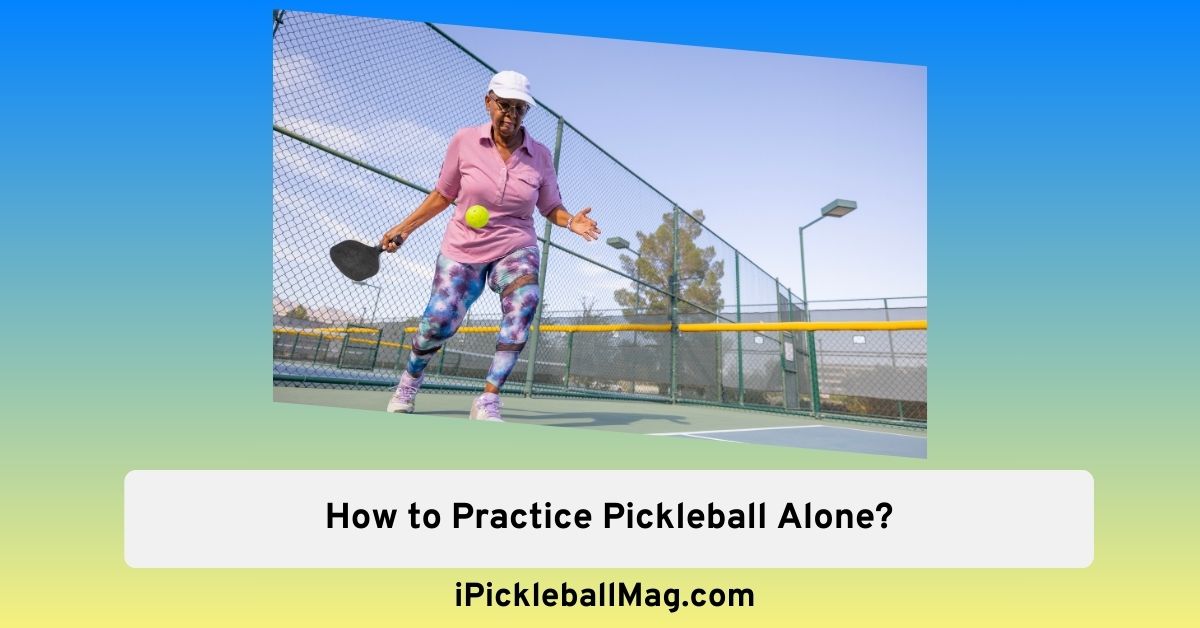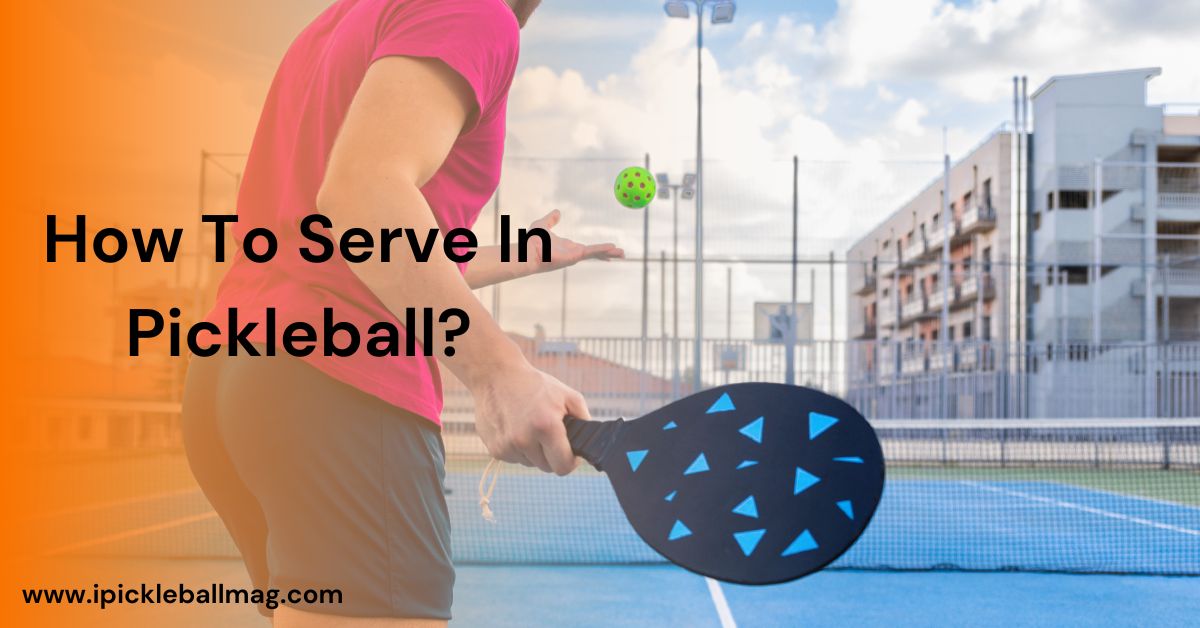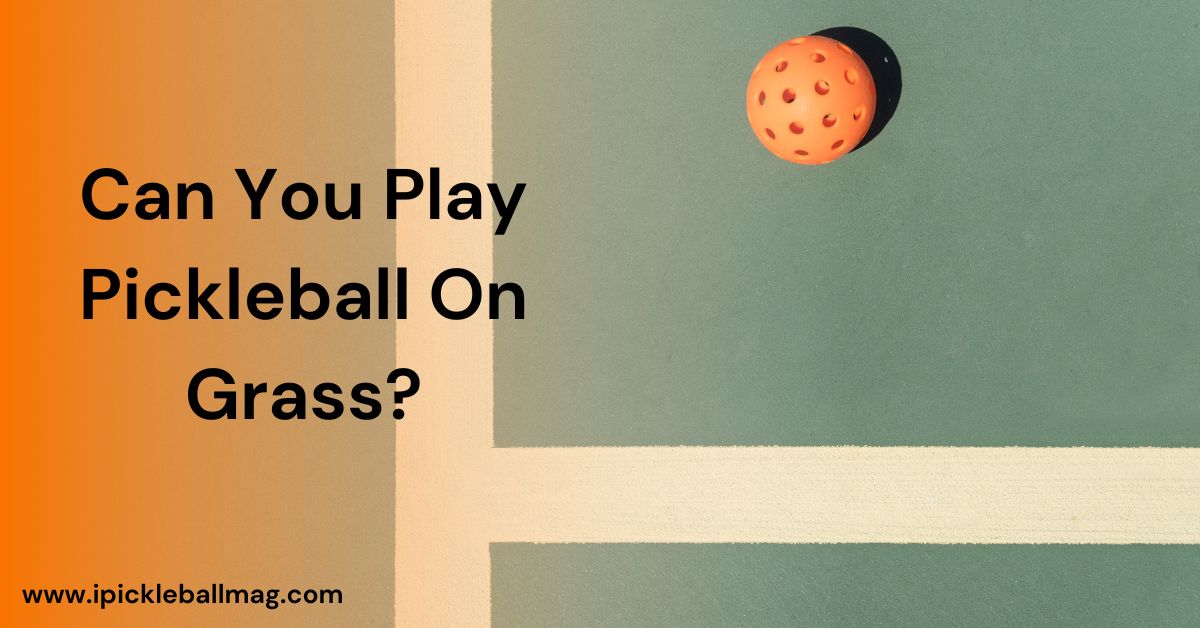How To Organize Pickleball Play? The Complete Guide
Organizing a pickleball session can be challenging, especially when dealing with 20 people or more eager to play. To ensure a smooth day of practice, it’s important to have a clear player rotation system. This system helps manage the flow of players on the courts and keeps the session efficient and fair.
Open play is often the most popular format, as it allows everyone a chance to serve and participate. However, when the courts are packed and time is limited, it’s crucial to organize the turns and use benches strategically to keep everyone involved.
For a club or venue with limited courts, an effective method to accommodate all players is key. Organizing the players in groups and using a rotation system ensures that everyone gets a fair chance to play, even when there are more people than expected.
As pickleball grows in popularity and becomes more mainstream, more courts are needed, and new ones will open up to meet the demand. In the meantime, managing the format of play to fit the available space can improve the experience for everyone involved.
As an organizer, you might run into issues like too many players showing up for a session or confusion about who’s up next. A well-planned system, which you can develop from experience and advice from others, can make the difference between a chaotic session and an effective one.
What Is Pickleball Open Play?
Pickleball open play is an exciting way to experience the game. It’s a free-for-all where everyone, regardless of skill level, is welcome to join. In these play sessions, players come together to compete and enjoy the game, with no pre-organized matches or tournaments to limit their experience. The core idea is to let players rotate through different courts and partners, ensuring that each other gets a chance to play.
This system often uses a paddle rotation system to keep things fair and balanced, so players can experience different playing styles and scenarios. Time slots are typically assigned to these sessions, allowing for quality court time while accommodating the high demand for court space.
Whether you’re at a local club or a community venue, the social aspect of open play is what makes it special, as fellow players meet and engage with each other.
How to Organize Open Pickleball Play – Tips For Fair Play
When organizing open pickleball play, it’s essential to make sure everyone has a fair and fun experience. This involves careful planning and managing the play time so that no one player dominates or monopolizes the courts, which could lead to frustration for others. Let’s dive into how you can manage this effectively.
Create a Fair Rotation System
A fair rotation system is the backbone of open pickleball play. The goal is to ensure that all players get a chance to play without long waiting queues or feeling sidelined. One effective method is using a Stack Paddles or Paddle Rack system. Players place their paddles in the rack, and as a court becomes available, the next players in line take the court.
To avoid bottlenecks, consider using a two-paddle rack system. This allows for quick identification of who’s up next and reduces confusion. For more flexibility, makeshift buckets or boxes can be used to organize paddles. Assign names to these buckets or boxes to streamline the process.
Limiting Game Time
To keep the play moving, it’s important to limit the number of games each group can play. Typically, a maximum of 2 or 3 games per group works well. After their games, players should return their paddles to the end of the line, allowing the next group to take the court. This ensures that no one is forced to wait too long and keeps the rotation smooth.
Implementing a Winners-Stay-and-Split System
In a Winners-Stay-and-Split format, the winning team stays on the court for an additional game but must split up, with each winner partnering with one of the losers from the previous match. This system helps mix players of similar skill levels, promoting more competitive games and preventing any one team from dominating the court.
Skill-Level Courts for Better Play
Skill-level courts can be designated to enhance the playing experience. For example, out of six courts, two could be reserved for beginners (rating 3.0 and below), two for intermediates (rating 3.5), and two for advanced players (rating 4.0+).
This division helps prevent mismatches in skill levels, ensuring that each player is challenged appropriately. Advanced players won’t get frustrated, and newcomers or beginners can enjoy the game and score points without feeling overwhelmed.
Use a Whiteboard System
A whiteboard system is a simple and effective way to manage rotations. Write down the names of the four players who will be playing next in one square, and the names of the next group in the following square.
As a court becomes available, the designated person overseeing the process can call out the next group and erase their names once they take the court. This method keeps things organized and reduces confusion.
Managing Player Numbers
Having the right number of players is key to smooth play. Aim for 8 or 9 pickleball players per 2 courts to ensure a proper game flow. If you have more than 10 players, consider splitting them into two groups or setting up a third court if possible.
Over-invite or under-invite based on your players’ busy schedules and commitments to avoid last-minute cancellations. A confirmatory text or reminder text the day before the organized play date can help solidify plans.
Format Options for Variety
Different formats can keep the sessions exciting. Open rotation is the easiest for large groups, allowing everyone to play quickly. However, the Challenge court format is great if you want to add some competitiveness. Players rotate in, and the winning team stays while the losing team steps off. This keeps the games challenging and engaging.
For a more structured approach, try a round-robin style where each team plays against every other team. This format is ideal for organized games and brings out the competitive spirit in players.
By considering these strategies, you can create a well-organized and enjoyable pickleball experience for everyone, ensuring that all players, regardless of skill level, have fun and stay engaged throughout the session.
Organizing Pickleball Play – Equipment and Essentials
When organizing Pickleball play, especially for a group of eager players, preparation is key. Beyond just gathering the players, there’s a lot to consider to ensure everything runs smoothly.
Whether you’re coordinating a session at one of the 12,000+ courts across the country or setting up a game at a private court, being well-prepared will make the experience enjoyable for everyone.
Essential Equipment and Tools for Smooth Pickleball Play
Before diving into the details of scheduling and communication, it’s crucial to gather the equipment and tools needed for a successful Pickleball session. The right equipment not only ensures a smooth game but also makes organizing easier.
1. Pickleball Paddles and Balls
At the heart of any Pickleball session are the paddles and balls. Players often bring their own paddles, but having a few extra on hand can save the day if someone forgets theirs. High-quality Pickleball balls should be on your checklist as well.
2. Court and Facility Access
If you’re organizing at a public court, make sure you understand the rules for booking the space. Some venues might require a small drop-in fee or reservation in advance. Court complexes with more amenities might also offer time slots that need to be reserved ahead of time.
Communication with the owner about access and associated costs is vital for private courts.
3. Scheduling Tools
To ensure everyone knows when and where to play, use reliable scheduling tools. Email newsletters and group message services, like group chats, can be used to send out time-sensitive updates and ensure everyone is on the same page.
4. Handling Fees and Costs
Managing fees can be a bit tricky. Some courts charge a drop-in fee, and there may be other associated costs, such as insurance for the venue. It’s important to research and calculate these expenses upfront. If you’re collecting cash, keeping a tally of payments is essential to ensure fairness.
For free public sessions, it’s still good practice to inform everyone about any potential costs upfront, like for parking.
6. Communication and Updates
Effective communication is key. Use group chat services or email newsletters to send out important updates about the session.
This might include changes to time slots, any new rules, or time-sensitive updates about the weather or court availability. Crowd-sourcing information through these channels can also help in finding the right venue or solving unexpected issues quickly.
7. Delegating Responsibilities
Organizing Pickleball play can be a lot for one person to handle. Delegating responsibilities is a practical approach. You might assign someone to manage the equipment, another to handle communication, and a third to oversee player rotation.
The saying “many hands make light work” is particularly true here. Sharing the load makes organizing the game not only easier but also more enjoyable.
By focusing on these essentials, you ensure that your Pickleball play is organized, fun, and stress-free for everyone involved. Whether you’re a seasoned organizer or new to the role, being prepared with the right equipment and tools will make the process smoother and more enjoyable for all.
Handling Unannounced Players
When players show up without an invite or signing up, it can disrupt the system you’ve set up for organizing sessions. It’s important to track who is coming and manage court space effectively to ensure everyone has a chance to play.
Start by using a sign-in sheet for each session to keep an accurate record of participants. If someone arrives unannounced, kindly remind them of the sign-in process and the need to enforce it for the sake of fair play.
If there are too many players and you reach the player maximum, you might need to collect a drop-in fee to accommodate extra individuals. Be prepared to explain this policy clearly and warn about possible limitations for the next sessions if this continues.
It helps to have a plan in place for handling such issues efficiently and ensuring that all players understand the importance of signing up ahead of time. If necessary, keep a record of these situations to improve your system and maintain smooth operations.
Final Thoughts – Organizing Pickleball Play
Organizing a pickleball session can be challenging but also incredibly fun and rewarding. By focusing on a fair rotation system and ensuring that all players get their turn, you can make the experience enjoyable for everyone.
Whether you’re dealing with crowded courts or looking for new venues, it’s important to have clear rules and work together with your fellow players.
From my experience, the best ideas come from being adaptable and open to advice from others. It’s worth investing time in planning and communicating to prevent any challenges that may arise.
By following these tips, you can ensure that your pickleball sessions are a blast and that everyone leaves with a love for the game. So go ahead, organize your sessions, and watch how quickly they become a highlight in your community!
Thanks For reading Along. Have a nice Day!






